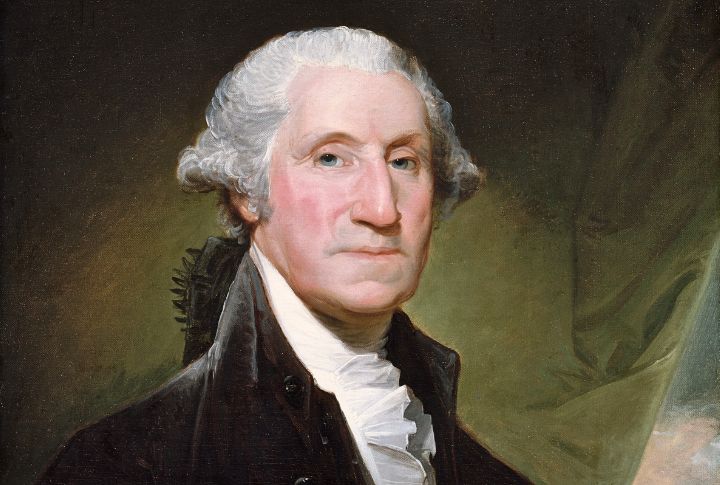
History books love their perfect paintings, but reality looked a little rougher. Thanks to digital reconstructions, we’re finally seeing the Founding Fathers and other icons as actual people. These realistic portraits peel back the idealized brushstrokes and reveal those who built the world we live in. Here are the faces that rewrite history.
Robert R. Livingston
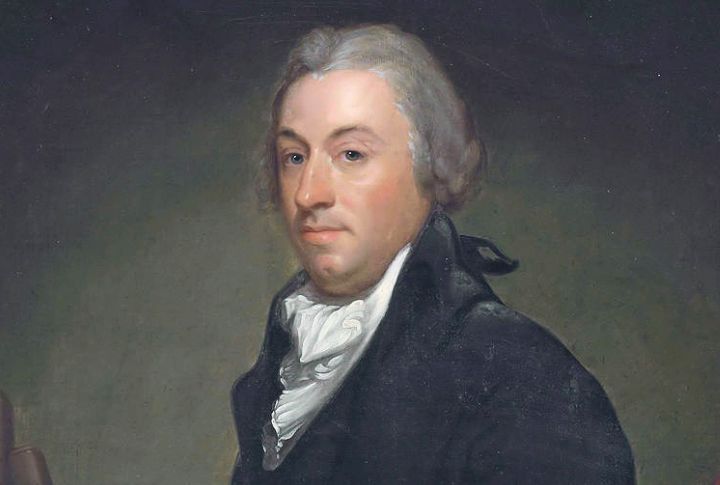
Among America’s Founding Fathers, Robert R. Livingston left an incredible mark through his work on the Declaration of Independence. Scientists applied advanced forensic methods to historical evidence, digitally recreating his facial features with remarkable accuracy. Viewers can now experience him as he might have appeared in early photographic portraits.
Martin Van Buren

In 1833, a life mask captured Martin Van Buren exactly as he was. No flattering touches, no soft brushwork. At 51, his lined face showed the years spent guiding a changing nation. Sculptor J.I. Browere created this final plaster cast, a lasting tribute to the “Little Magician,” a nickname for Buren’s sharp political acumen.
George Washington
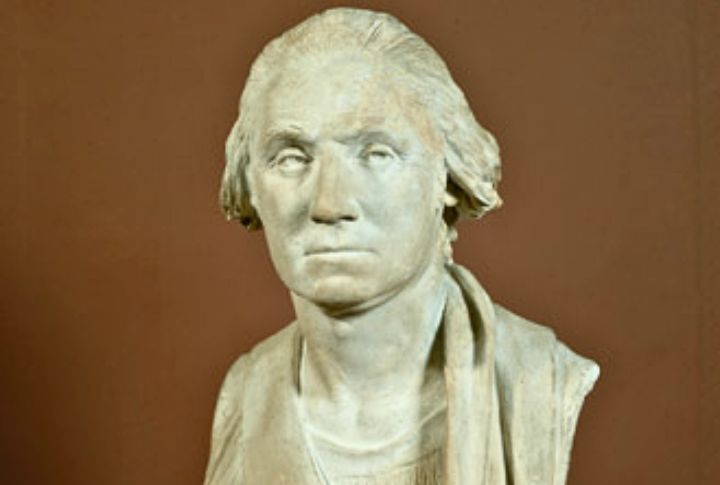
Few realize that George Washington’s true likeness still exists thanks to sculptor Jean-Antoine Houdon. Taken while he sat upright in his 50s, the life mask avoids the distortions of artistic flattery. It shows a vigorous, confident man—far from the gray-haired general we often imagine. Even his auburn hair reappears in reconstructions.
Marquis De Lafayette
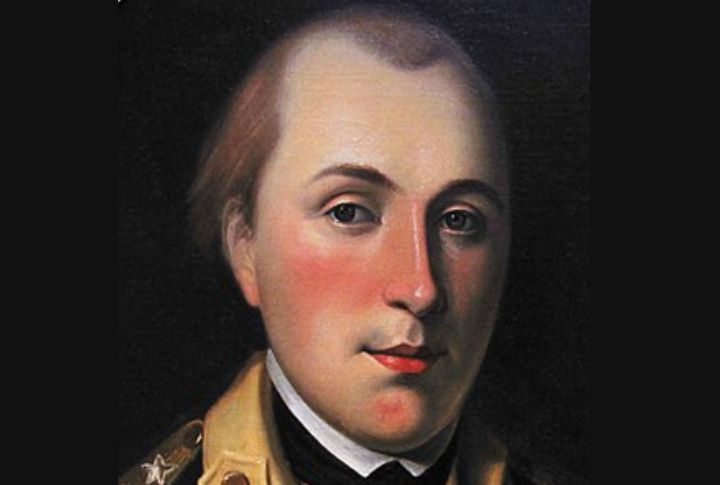
Marquis de Lafayette, a French aristocrat who aided both the American and French Revolutions, had two life masks made: Houdon’s in 1785 and Browere’s in 1825. These casts preserved his facial features with remarkable accuracy, which allowed modern historians to reconstruct his appearance far more realistically than traditional portraits ever did.
John Adams
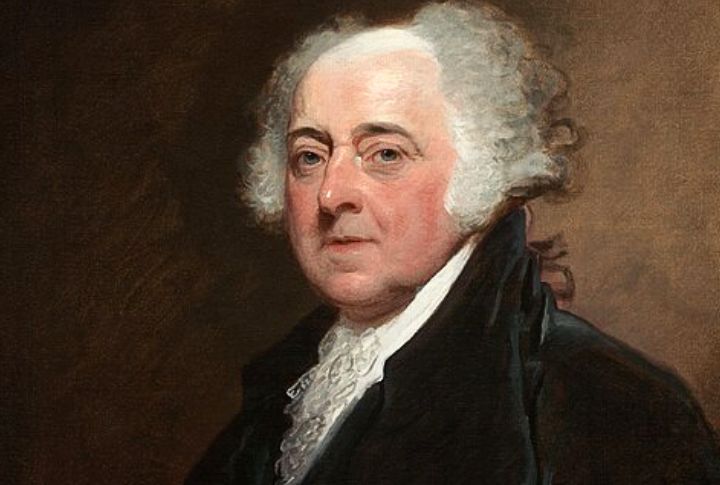
Thanks to digital artistry, John Adams’ likeness has taken on a new, authentic dimension. His life mask exposes the human realism hidden beneath centuries of stylized portraits. With added skin tone and hair detail, today’s reconstructions show a leader less mythic and more vividly, recognizably real to modern audiences.
James Wilson
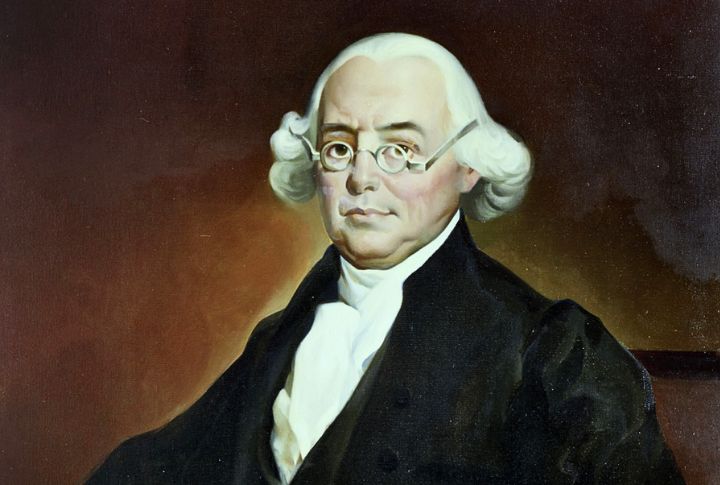
One of the Constitution’s key architects, James Wilson, rarely got the portrait he deserved. Painters softened his edges, turning a commanding figure into a polite face. Modern technology now restores the real version: angular and every bit as forceful as his ideas were.
Roger Sherman
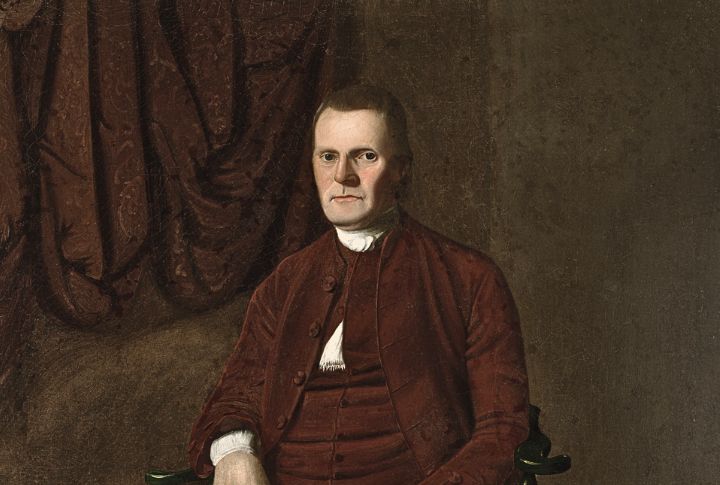
Nobody else signed all four major American founding documents except Roger Sherman. That alone makes him remarkable. Digital analysis stripped away the flattery that old portraits added, and what emerged was his genuine appearance. Sherman’s reconstructed face anchors a broader effort to show founders as real people rather than idealized figures.
Robert Morris

Meet Robert Morris, the guy who basically funded America’s fight for freedom. Colonial painters were kind to him, maybe too kind. In truth, the financier’s face carried deep pockmarks and the wear of hard years—details that never appeared in flattering portraits but now surface through modern reconstructions.
Thomas Jefferson
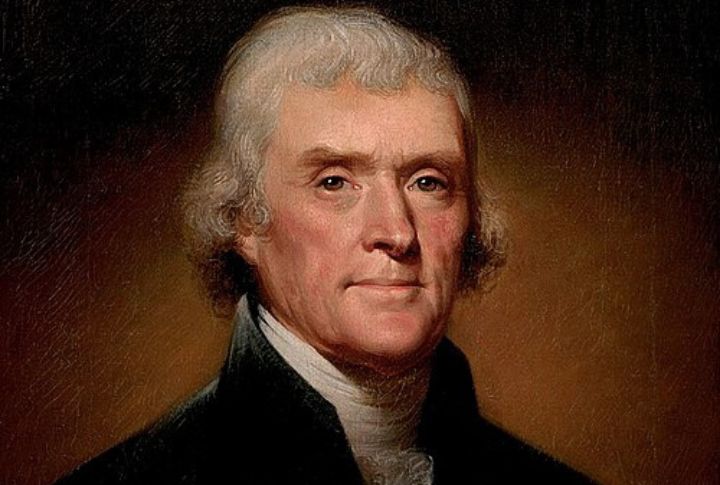
What did Thomas Jefferson really look like? His life mask holds the answer. Digital reconstruction pulled from this physical evidence shows a face quite unlike the idealized paintings. The Declaration’s author and third President now has a portrait based on fact rather than flattery or national mythology.
Richard Henry Lee
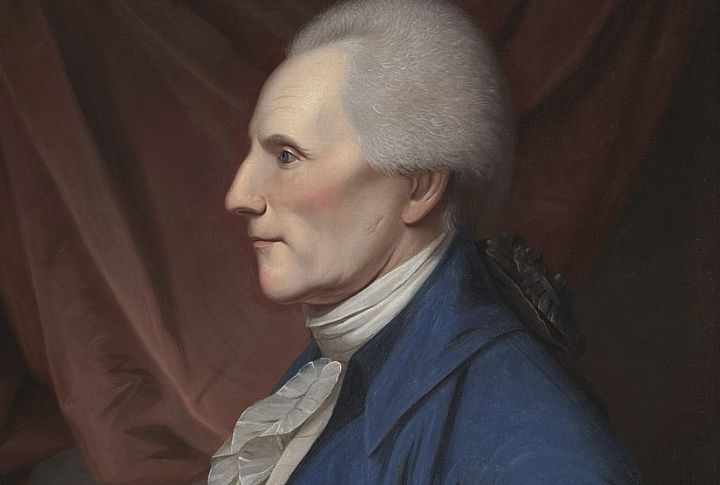
Richard Henry Lee, the Virginia statesman who motioned for independence in 1776, has been digitally reconstructed using forensic and artistic methods. The lifelike images correct historical inaccuracies and present his likely true appearance. Lee’s portrait is part of a collection celebrating the authentic faces of America’s Founding Fathers.

